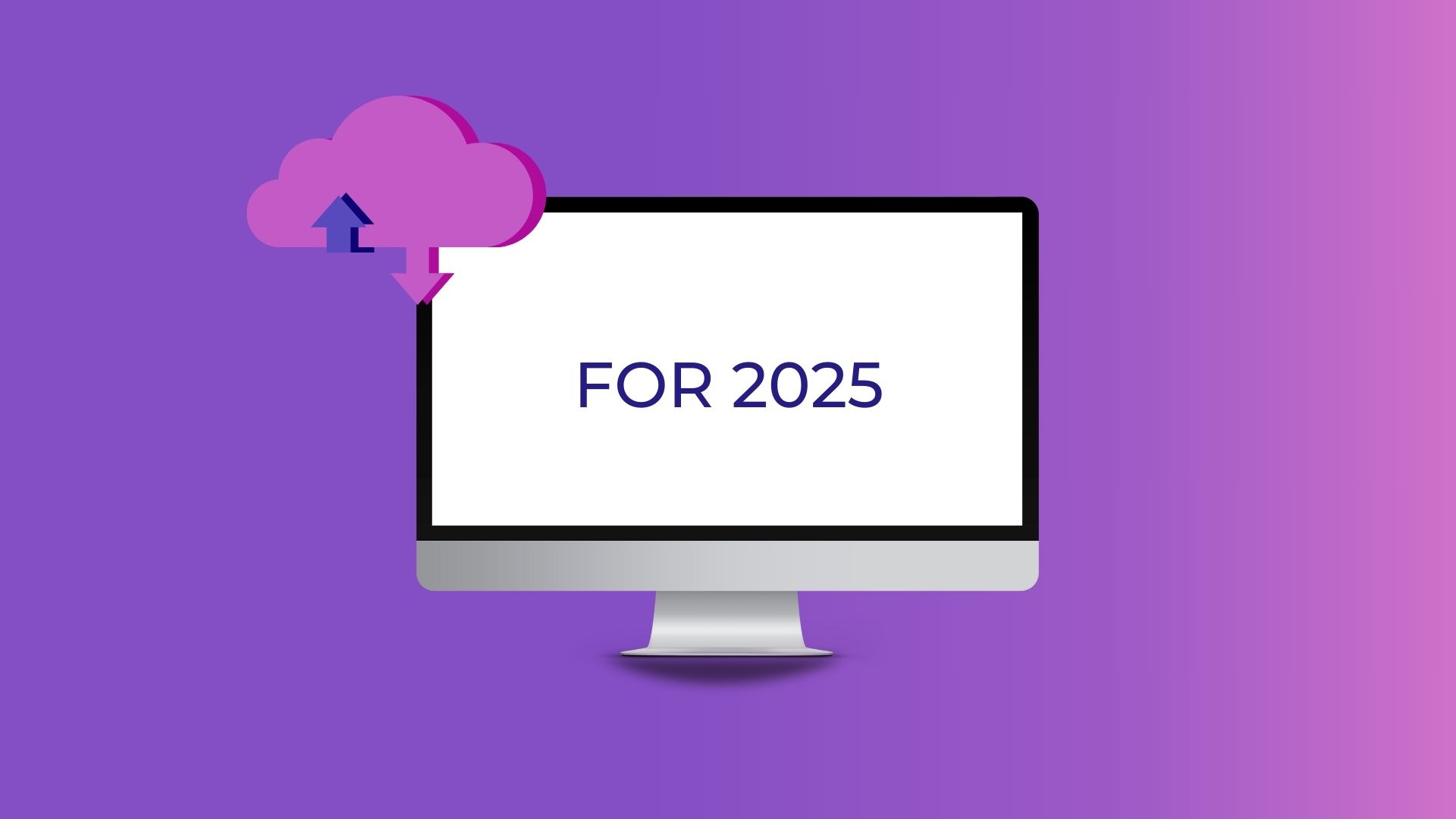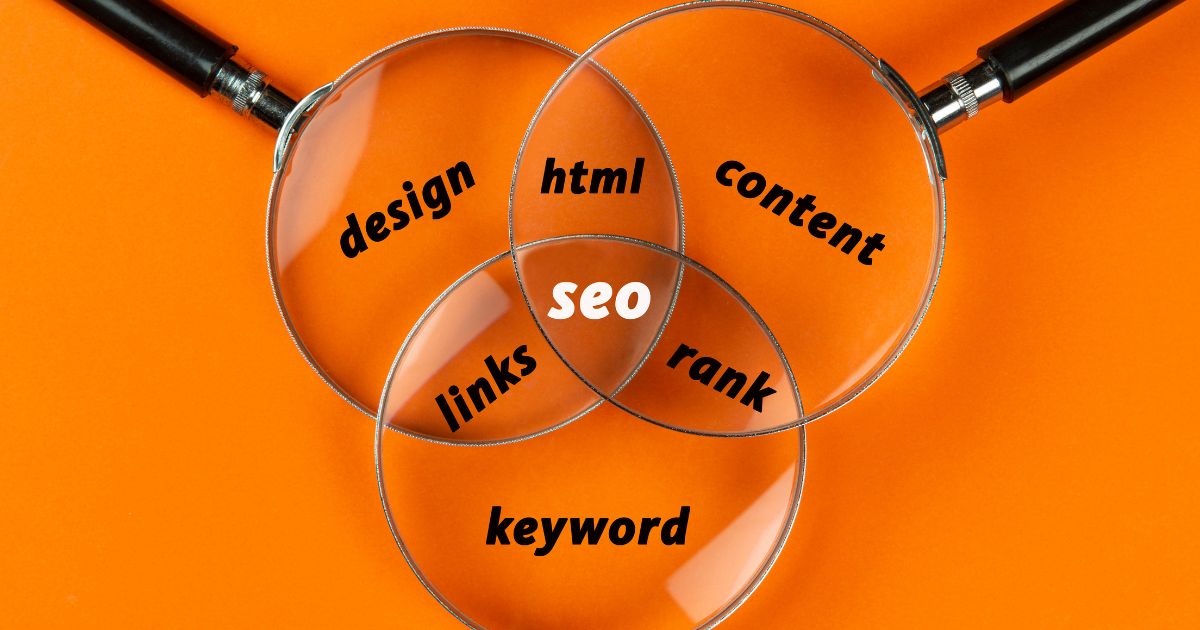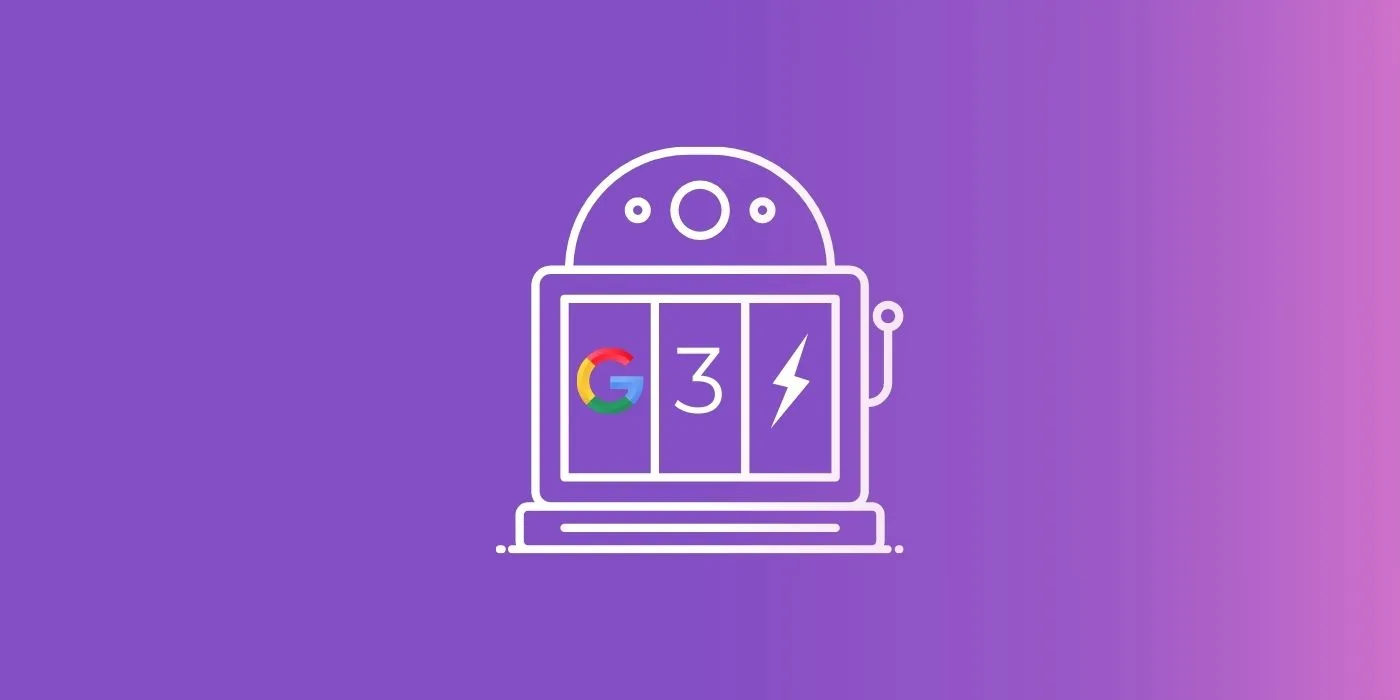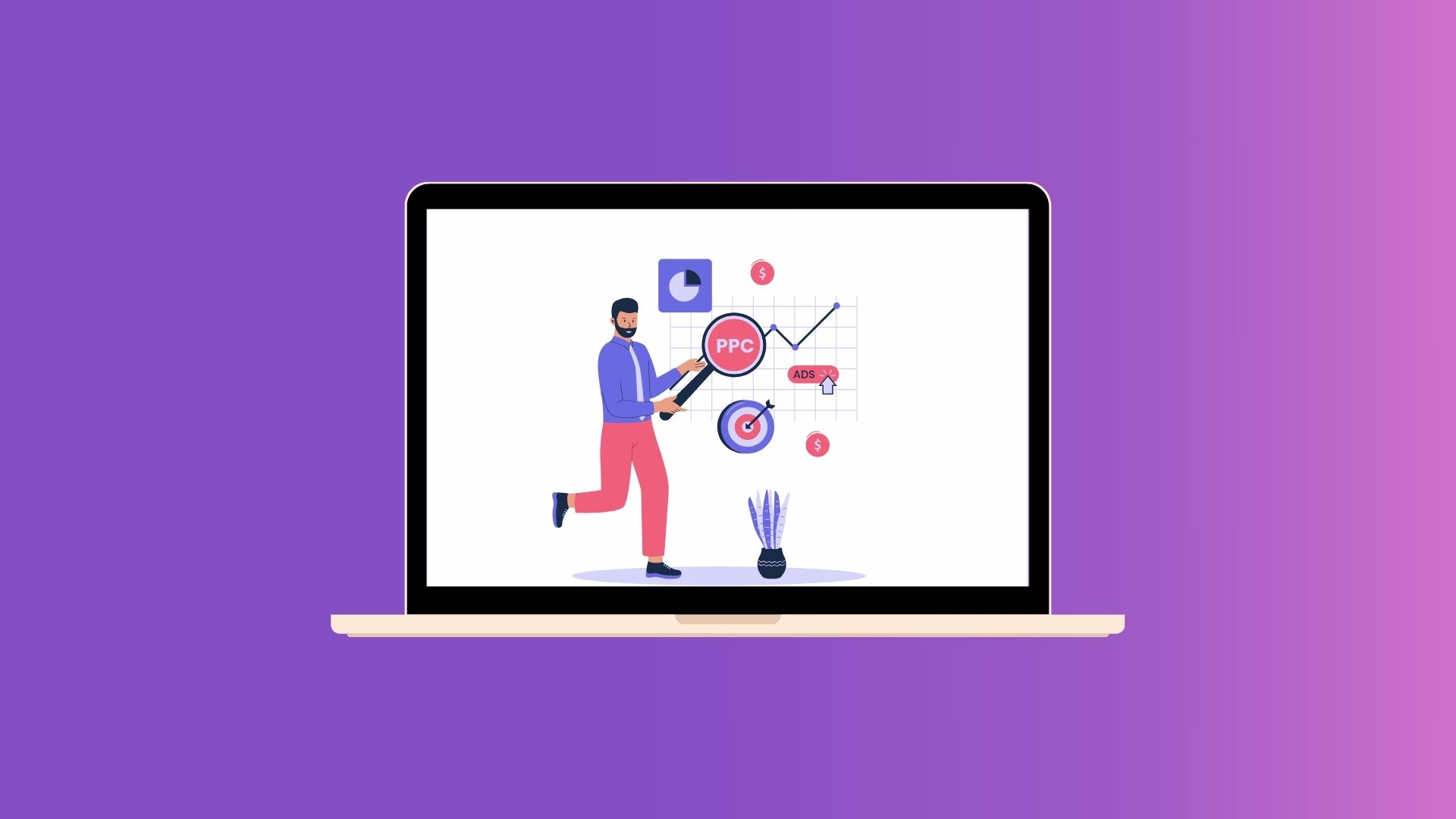SaaS Technical SEO Guide: Checklist and Strategy Tips for 2025

SaaS marketers require a CMS tailored for their specific needs, highlighting the importance of features such as security, affordability, and scalability. They must also consider effective technical SEO strategies to enhance website performance and SERP rankings, staying competitive in a crowded landscape.
For a SaaS product to distinguish itself, it needs to explore various avenues, including the crucial realm of technical SEO tailored for SaaS platforms
Introduction to Technical SEO for SaaS
Technical SEO for SaaS is a crucial aspect of search engine optimization that focuses on improving the technical aspects of a website to meet search engine requirements. It involves optimizing various elements such as site speed, mobile-friendliness, and structured data to enhance user experience and improve search engine rankings. In a crowded market, SaaS companies must prioritize technical SEO to stay competitive and drive more traffic to their websites.
By focusing on technical SEO, SaaS companies can ensure that their websites are not only user-friendly but also search engine-friendly. This means faster loading times, better mobile responsiveness, and well-structured data that search engines can easily understand. These improvements lead to higher search engine rankings, increased conversions, and reduced bounce rates, ultimately contributing to the overall success of the SaaS business.
Importance of SaaS Technical SEO
The goal of any SaaS company is to convert their engagements and encourage their customers to renew their subscriptions.
For this reason, a SaaS company develops a website, which then launches a full-scale SEO (Search Engine Optimization) strategy to reach a target audience, get engagements, and gain conversions.
SEO has multiple points of emphasis, which include technical SEO.
In general, technical SEO focuses on optimizing a website’s structure. For SaaS platforms, this means ensuring that search engines can efficiently crawl and index content. This involves:
- Indexation
- Page speed
- XML sitemaps
- Crawl errors
- HTML errors
- HTTPS status codes
By improving these aspects, technical SEO can significantly enhance user experience and achieve higher search engine rankings, leading to better organic traffic, higher click-through rates, increased user engagement, and improved overall customer experience.
Don’t worry, we’ll get to these technical terms in a minute.
Benefits of optimizing technical SEO for SaaS websites
With so many SaaS companies offering their products and services in different niches, how would you make sure that people see your website on Google Search?
Looking at the bigger picture, that’s the core challenge technical SEO aims to solve for SaaS platforms.
It’s a step-by-step process, though; look at these distinct benefits that technical SEO offers to SaaS websites:
- Increasing search engine ranking
- Protecting your website
- Optimizing website’s UX (User Experience)
- Generating more leads among your niche audience
As we discuss more about technical SEO for SaaS below, you’ll see how you can achieve these rewards with just simple, consistent tweaks to your website.
Understanding Technical SEO Issues
Technical shortcomings can significantly affect a website’s performance and visibility in search engine results. Common challenges include broken internal links, duplicate content, slow loading speeds, and mobile usability issues. These problems often result in a poor user experience, lower rankings, and a drop in organic traffic.
To tackle these challenges, SaaS companies should perform a thorough technical audit using tools like Google Search Console, SEMrush’s Site Audit Tool, or Screaming Frog. These platforms help identify key issues – such as crawl errors, duplicate metadata, and unoptimized page speed – that may be holding a site back. By resolving them, SaaS businesses can enhance their site’s health, improve user engagement, and boost organic reach.

Technical SEO Fundamentals for SaaS Companies
First, you need to come up with a checklist of the essential components of SaaS technical SEO. We got it all covered for you — the categories below are the vital technical SEO elements that you need to check.
Remember that your SEO efforts will not turn over results overnight. It’s a matter of getting it right and doing it consistently.
Continue reading below to start the process of launching an effective technical SEO strategy for your SaaS website.
Website architecture and navigation
Website architecture and navigation point to the hierarchy of your site. When a user clicks on an internal link, where does it lead?
The main purpose of website navigation is to connect your pages in a way that users can seamlessly dive deeper into the rabbit hole and find what they’re looking for.
Along with guiding your visitors, coherent website architecture is also a staple in SaaS technical SEO. It’s important for the following reasons:
- It guides search engine crawlers to easily index your website’s pages
- It spreads link juice from more authoritative pages to less authoritative ones
- It properly categorizes pages according to topical clusters
As the webmaster, you have the ultimate freedom to connect the dots and point where you want your links to go.
However, make sure that you’re exercising this freedom with an ultimate priority on enhancing your SaaS website’s UX.
Mobile-friendliness and responsive design
With the advent of smartphones, it’s not surprising that 63% of Google searches are done via mobile devices. So if you’re doing technical SEO for SaaS websites, creating a very mobile-friendly interface will boost your authority.
To this point, the most important aspect of mobile optimization is its responsiveness. How long does it take for your website to load on a mobile device?
Google bots index the mobile version of websites rather than the desktop version, making mobile-friendliness crucial for your rankings.
The fact is, that 53% of mobile users abandon a website visit if there is a 3-second delay in loading the page.
So for a SaaS website that thrives on conversions, having mobile-responsive pages is a crucial driving factor.
Page loading speed and performance optimization
Of course, page loading speed doesn’t only apply to mobile devices. You should optimize your pages’ speed and performance for all platforms, including computers and tablets.
Luckily, most types of CMS (Content Management System) automatically adjust your site performance based on the device used.
However, the buck doesn’t stop there. Many factors contribute to slow loading speed and performance, like:
- Too many advertisement placements
- Lack of image optimization
- Outdated coding
- Disproportionate amount of plugins.
Moreover, upgrading to a more capable hosting platform could do the trick, especially if you’ve recently seen a consistent surge in traffic.
URL structure and hierarchy
When you’re browsing through different websites, the different URLs (Uniform Resource Locators) you see at the address bar may seem very random. But if you factor in the URL sequencing in a single website, you can see that there’s a pattern to it.
After all, a messy site structure is very harmful on the SEO front.
When doing technical SEO for SaaS websites, you should optimize your URL structure. There are many factors, but the common practices include:
- Putting relevant keywords (but not too many),
- Separating words by hyphens for users to read them more easily.
XML sitemaps and robots.txt optimization
If you’ve done everything mentioned above and your content still doesn’t show on search engines, there’s a good chance that you haven’t optimized your XML (Extensible Markup Language) sitemaps and robots.txt files. An XML sitemap is crucial for ensuring search engines can efficiently find and index valuable pages on your website.
These two elements are essential for search engines to crawl and index all your web pages, as it’s the only way that your website will show on searches.
Don’t worry, there are tools like Yoast, Google Search Console, and Screaming Frog that will automatically generate your sitemaps.
For example, you can always go to your Search Console account to request Google to index your website. You can also use robots.txt to let search engines (like Google) know how to crawl your web pages and which ones they shouldn’t index.
On-Page SEO Techniques for SaaS Websites
As they always say, content is king in this industry. Search engines like Google still pay utmost priority to quality content. They just rolled out a recent update that will emphasize unique content more than the typical aggregated, keyword-rich posts.
To this point, technical SEO isn’t the whole picture your on-page SEO efforts are just as important. If you offer a SaaS solution, it’s essential to clearly communicate your value to potential customers.
These on-page techniques we listed below could help with that.
Appearing on top search results in search engine results pages is crucial for improving site traffic, increasing website visibility, enhancing user experience, and ultimately driving conversions.
Keyword research and optimization
As much as you want to flaunt your products and services, keyword research isn’t just about what you can offer. Identifying the right target keywords is crucial as they serve as a vital link between users and search engines, fulfilling user intent and improving search rankings. You should also study the current demands and trends in your niche customer base, as these make up the ground on which you’ll build your keyword research.
You don’t have to do this on your own, as there are various tools (free and paid) that can help you with keyword research and optimization.
Take for example ChatGPT, which could provide you with keyword ideas for your SaaS customer base.
Other free keyword research tools include Google Trends, Ahrefs Webmaster Tools, and Keyword Generator.
Title tags, meta descriptions, and header tags
Websites in the SaaS space don’t usually post long-form content. To give your customer base proper information, you rely on categorical content that compares and contrasts the products and services that you offer.
That’s why carefully written title tags, meta descriptions, and header tags become more important.
Along with helping search engines understand your content, consider these elements as your 5-second audition into a potential conversion. The title tag and meta description of your website (or web page) are displayed in search results, making it all the more vital for optimization.
Content optimization and internal linking
You already know how a strategic website architecture can spread authority juice among your site’s internal links. This concept can also be applied to on-page SEO, particularly in leveraging your existing high-authority links.
An existing page that ranks on the first page of Google Search isn’t just beneficial on its own; you can reuse its authority juice to potentially pull up the exposure of your new posts.
You can do this by simply placing a high-ranking link — in a natural way — on a relevant new post.
This helps you evenly spread authority juice and provide your visitors with more avenues to discover your SaaS product.
Schema markup implementation
Do you want search engines to understand what your website is all about? Then our advice is to optimize your structured data, or what is technically called schema markups in SEO, which enhance search engine result pages (SERPs) by making listings more informative and appealing through rich snippets.
In a general sense, schema markups are a type of code that communicates your website content to search engines like Google, Yahoo, or Bing. A properly implemented schema markup will provide a SaaS website with these benefits:
- Richer exposure among your niche audience
- Voice search optimization
- Enhanced click-through stats
There are tools for you to optimize your schema markup, including Google Structured Data Markup Helper, Bing Markup Validator, Schema Pro, and Rank Math.
Optimizing images and multimedia elements
Another SEO factor that most webmasters overlook is how multimedia elements affect the performance of a website. Images and videos can enhance the reading experience, providing a graphic element that users typically enjoy.
However, high-resolution images and too many multimedia elements could disrupt your website’s performance, especially in terms of loading speed.
On the bright side, there are ways for you to optimize these graphic components of your content.
For example, you can reduce image sizes by using free online compression tools such as TinyPNG, Compress JPEG, Compressnow, and Online File Compressor.

SaaS-Specific Technical SEO Considerations
Since we’re on the topic of doing technical SEO for SaaS websites, that’s where we’ll put our energy into moving forward.
SaaS websites rely on conversion. High click-through rates and impressions could be encouraging but they’re not the endpoints of this process.
SaaS technical SEO is different as compared to doing SEO for news sites, for instance. Prioritizing user-generated testimonials and reviews is a SaaS thing, along with the vital technical SEO elements we’ll discuss below.
Handling dynamic content and session-based URLs
Why is dynamic content recommended for most SaaS websites? Dynamic content allows a website to personalize its content according to a specific user’s behavior.
Since your customer base — even if it’s a niche one — has varying needs, a customer-driven interface and content could lead to more conversions.
When you’re watching on online video streaming platforms like YouTube, you’ll notice that your home feed is filled with content relevant to the videos you previously watched. That’s how dynamic content and session-based URLs work.
You can appropriate your website’s content based on the products or pages that a particular user recently visited.
SEO for single-page applications (SPAs)
Single-page applications (SPAs) and SEO aren’t always the best of buddies. So how does a single-page application like Netflix carry out its SEO campaign? There has to be a way, right?
SaaS technical SEO strategies typically include the intricacies of single-page applications because most SaaS websites or apps are of this kind. Doing SEO for single-page applications isn’t impossible, but it could be challenging.
There are SEO practices that you could optimize for a single-page application, including server-side rendering and the fundamentals of developing SEO-friendly meta tags, sitemaps, and URLs.
Managing user-generated content and reviews
Customer feedback is vital for SaaS providers, as it offers valuable insights that help shape product development and future improvements.
UGC (User-Generated Content) and reviews provide potential customers with a sneak peek at your products and services.
With 89% of customers taking the time to read reviews before buying a product, a SaaS website has to manage its UGC well.
If you receive customer feedback (especially if it’s a very positive one) on your website or social media platform, you should know how to leverage that to your long-term advantage. Moderating this section ensures that you filter through the reviews, and then you proceed to repurpose them for SEO.
Localization and international SEO for SaaS companies
You don’t have to exhaust too many resources in marketing your product overseas. SEO could do that for you, especially if you have a proper strategy in place.
If you want more visibility as a SaaS product, launching an international SEO strategy is a low-risk, high-reward move. This way, you can optimize your website in different languages and interfaces, making it possible for you to expand your market globally.
Having localization and international SEO as part of your SaaS technical SEO plan will eventually pay dividends. The SaaS market has taken a global turn, and it’s the opportune time for you to do that as well.
Developing a Comprehensive SEO Strategy
Developing a comprehensive SEO strategy is essential for SaaS companies to improve their search engine rankings and drive more traffic to their website. A well-rounded SEO strategy involves conducting thorough keyword research, optimizing on-page elements, building high-quality backlinks, and prioritizing technical SEO.
SaaS companies should focus on creating high-quality, relevant, and engaging content that resonates with their target audience. This includes blog posts, case studies, and product pages that address the needs and pain points of potential customers. By integrating technical SEO into their overall SEO strategy, SaaS companies can ensure that their websites are optimized for search engines, leading to improved search engine rankings, increased conversions, and more traffic to their site.
Technical SEO Audit for SaaS Websites
As much as you regularly test your product if it’s working properly, you should also do the same for your websites.
With search engines like Google constantly rolling out new updates, doing a SaaS technical SEO audit could ensure that your website is still performing at its best.
In a way, this is a maintenance check that could heighten into a diagnosis if your audit discovers some errors. A SaaS technical SEO audit should be done two to three times per year, or as soon as search engines officially launch major updates.
Conducting a comprehensive website audit
If you have an in-house team of SEO specialists, conducting technical SEO audits is just a routine. These audits are crucial for maintaining website performance by identifying and resolving issues affecting search engine rankings. You can also outsource this work to a SaaS SEO agency, as they also have vetted experts who could optimize your website’s SEO efforts.
Either way, you should have a checklist in place before you do a comprehensive website audit. For reference, here are the crucial elements that you need to perform a maintenance check.
- Crawling errors
- Duplicate content
- Title tags, meta descriptions, and heading tags
- Page loading speed
- Link building performance
- UX and UI
- Keyword optimization
These are just the basic elements you need to check, so make sure that you refer to your SEO team for the more specific SaaS-focused SEO attributes.
Identifying and fixing common technical SEO issues
There’s a reason why webmasters pay special attention to common technical SEO issues: they usually happen. The key to avoiding this setback is through SEO audit and staying on top of search engine updates.
To serve as a gentle warning, here are the most common technical SEO issues that SaaS websites encounter:
- Incoherent website navigation
- Mobile responsiveness issues
- Multimedia optimization issues
- Broken pages and links
- Missing Alt Tags
- Lack of HTTPS security
- Indexability and crawling issues
- Localization issues
- Duplicate content
- Broken links
Of course, you don’t have to do a big SEO audit to check on these issues. You can avoid these by routinely reviewing your SaaS technical SEO checklist daily.
Using SEO tools and analytics for data-driven insights
Analytics is the future, and SEO could be a beneficiary as early as now.
When grounded upon data-driven insights and SEO optimization, your SaaS website content could appear on the first page of search results in no time.
What’s even more encouraging is there are SEO and analytics tools that will make your life easier. To enhance your SEO efforts, these tools will provide you with insights into your:
- Keyword rankings
- Click-through rates and conversions
- User behavior
- Competition movements
As you gain access to these data-driven reports, make sure that you use them as a guiding hand on what kind of content and topics you need to focus on.
Advanced Technical SEO Strategies for SaaS Companies
You’re just one of the 30,000 SaaS companies in the world, so how can your website rank on the first page of search results?
Typically, only 10 pages make it to the first page, which means that you’ll have to ramp up your SEO efforts.
This is why technical SEO efforts play a crucial role in optimizing a SaaS website. Utilizing advanced strategies and tools, such as optimizing structured data for rich snippets, enhancing mobile responsiveness, prioritizing website security, using crawling tools, and choosing the right CMS, can help you stay ahead of the competition.
As we have mentioned the basic elements in the previous sections, we’ll move forward with the advanced SaaS technical SEO components below.
Canonicalization and duplicate content management
Duplicate content is one of the most common technical SEO issues. You won’t receive any direct penalty, but duplicate content could negatively affect your search ranking. Since you have two pages of similar content, this could confuse search engines.
So the big question is how you manage duplicate content in a way that won’t hurt your website’s rankings. The first (and probably the best) solution to this issue is canonicalization.
In a nutshell, using canonical tags will help you identify a lead page for any similar pages. The canonical tag plays a crucial role in managing duplicate content by indicating the preferred or ‘master’ version of a webpage, thus consolidating SEO value and ensuring search engines index the desired URL.
To do this, you can select a canonical URL when you submit a sitemap or you can use canonical tags in the < head> section of a page’s HTML code.
Structured data and rich snippets
Do you want to directly interact with users on search engines? Then try optimizing your structured data and see how your content’s potential appearance on rich results could boost your engagements and conversions.
A SaaS website, or any e-commerce site, could benefit a lot from rich snippets. These are the direct answers or images that you see on the first page of the search results, different from the blue links from high-ranking pages.
You could appear on rich results by optimizing your schema markup, as well as checking on the Google Rich Results Test to see the eligibility of your content.
Accelerated Mobile Pages (AMP) for SaaS websites
When Google first released AMP (Accelerated Mobile Pages) to the public in 2015, the goal was to make websites more mobile-responsive. The advent of smartphones pushed that rollout, and it has been a staple in SEO discussions today.
So does using AMP help you rank higher on search engines?
It might and it might not.
If the page loading speed of your SaaS website on mobile devices is already within the two-second range, you don’t have to use AMP.
However, if you think that your mobile loading speed takes longer than two seconds, you might have to consider switching to AMP.
Pagination and infinite scrolling optimization
In terms of SaaS technical SEO impact, there’s always a debate between pagination and infinite scrolling.
Pagination distributes content to multiple pages, while infinite scrolling allows users to scroll down endlessly to read different posts.
Infinite scrolling could be a recommended structure for news websites and blogs, but it might not be the best option for SaaS websites. You don’t want potential customers to get lost in their train of thought, and this could happen in infinite scrolling.
Having said that, pagination works best for SaaS websites. Just make sure that you optimize your title and header tags for proper organization of content.
HTTPS migration and security considerations
Providing security for your site, as well as for your visitors, is an important aspect of doing technical SEO for SaaS websites.
With Google now marking non-HTTPS websites as “Not Secure”, you have no choice but to migrate to HTTPS.
You should know by now that your website is the face of your SaaS business. Having that “Not Secure” tag will quickly drive away your visitors, resulting in a negative bounce rate that could affect your search results rankings.
To be on the safe side, make sure that your SaaS website adheres to Google’s security parameters.
Monitoring and Measuring SaaS Technical SEO Success
SEO, whether on-page or technical, takes some time to kick in. You have to keep track of your SaaS technical SEO performance daily, weekly, and monthly. This way, you gain helpful, data-driven insights on user behavior, keyword optimization, and your competition’s movements.
As for SaaS websites, there are specific SEO elements that you should religiously measure. To make things easier, there are monitoring and tracking tools you can use, some of which you can utilize for free.
Setting up SEO monitoring and tracking tools
Of course, you don’t need every SEO tool under your belt. You just need to tap into resources that will cover everything you need.
The best SEO tool for your SaaS website is still the undisputed Google Analytics, as it has direct insights connected to your whole site architecture.
Another essential tool is Google Tag Manager, which simplifies the process of managing and analyzing website tags. It allows users to easily update measurement codes and create triggers for specific events, making it accessible for both beginners and experts.
Along with Google Analytics, you should also consider these tools to track your SaaS technical SEO performance.
- Ahrefs
- Google Search Console
- Moz
- Semrush
- Bing Webmaster
- Google PageSpeed Insights
If you’re looking into optimizing your keyword strategy, you could try free keyword research tools like Google Ads Keyword Planner, Keyword Surfer, Answer The Public, and Ubersuggest.
Key performance indicators (KPIs) for technical SEO
The SaaS space is a highly digitalized one, which means that technical SEO is all the more essential in this industry. SaaS websites are more concerned about engagements and conversions, as opposed to the long session duration rates that blogs pursue.
Having said that, there are specific KPIs (Key Performance Indicators) that you need to constantly monitor when doing technical SEO for SaaS websites. Take a look at these SaaS-specific SEO KPIs:
- Conversion rates
- Organic traffic
- Bounce rate
- Backlink quality and quantity
- Keyword rankings in search results
- Search rankings for better visibility and positioning
- Crawl and indexability errors
Along with these SaaS technical SEO components, there are other on-page SEO elements that you need to monitor. Our recommendation is to always make sure that you’re also blending data-driven insights into your SEO efforts.
Analyzing data and making data-driven improvements
The rise and continuous availability of analytics platforms have given birth to a whole new level of data-driven reports.
This evolution in data analysis has positively affected decision-making across almost all varieties and levels of industries. For instance, most SaaS companies now fully utilize data’s power to strategize their market movements.
This also applies to SaaS technical SEO, as data-driven insights can largely enhance your plan of action.
If you manage to monitor KPIs regularly and combine the data with your SEO expertise, the potential for growth will be there.
It won’t be an overnight sensation, but the little forward steps you take will be beneficial in the long run.
Conclusion
As you might have realized by now, doing technical SEO for SaaS websites could be a rigorous journey. But that should not intimidate you — it might be a long process but the rewards you’ll reap will be worth it.
The first step is to know which direction to take, which is the reason why we provided you with all the information and recommendations. Sure, content is still king in the race for the first page of search results.
A carefully crafted SaaS technical SEO blueprint would then make sure that your content gets the exposure it needs, leading to a higher rate of engagement and conversions for your SaaS product.
Frequently Asked Questions about SaaS SEO
What are the most important tech SEO elements for SaaS?
Monitor KPIs like organic traffic, keyword optimization, bounce rate, page speed, backlink quality, click-through rates, and conversions. Optimize website navigation, sitemaps, robots.txt files, URL structure, and mobile responsiveness to enhance SEO and drive conversions.
How is SaaS Tech SEO different?
SaaS technical SEO prioritizes engagements and conversions, unlike news websites and blogs that focus on session duration and ad clicks. Key metrics include conversion rates, ROI, bounce rates, indexability, and keyword rankings to ensure content visibility and effectiveness.
How can SaaS companies optimize for voice search?
Use natural language and conversational keywords. Ensure mobile-friendliness and fast loading times. Implement structured data markup to help search engines understand content better and provide concise answers to voice queries.
What role does content localization play in SaaS technical SEO?
Content localization helps SaaS companies expand globally by catering to regional preferences. It involves translating content, considering cultural nuances, and optimizing for local search terms. Use hreflang tags to deliver the correct language version to users.
How do SaaS companies manage SEO for multi-language websites?
Use hreflang tags for language and regional targeting. Create unique content for each language, avoiding direct translations. Structure URLs to reflect language and region, and use localized keywords to improve search visibility.
How does link building impact SaaS technical SEO?
Link building improves website authority and credibility, leading to higher search rankings and increased organic traffic. Earn high-quality backlinks through content marketing, guest blogging, and partnerships. Regularly audit and disavow low-quality or spammy links.
Read our other articles

iGaming SEO: The Ultimate Guide to Ranking iGaming Sites in 2025


How SEO and PPC Work Together: A Practical Guide


What is a PPC Agency? A Comprehensive 2025 Guide






